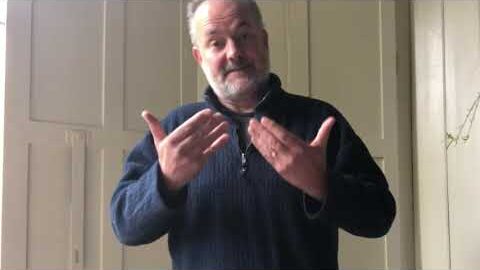The project focused on testing the feasibility of deaf people being able to make contact with Members of European Parliament and other European institutions through video remote or video relay interpreting services.
Vlog + blog:
September 2014: https://lifeinlincs.org/?p=927
March 2014: https://lifeinlincs.org/?p=820
Publications:
Napier, J., Lloyd, K., Skinner, R., Turner, G. H. & Wheatley, M. (2018). Using video technology to engage deaf sign language users in survey research: An example from the Insign project. International Journal of Translation & Interpreting Research, 10(2), 101-121.http://www.trans-int.org/index.php/transint/article/view/768
Napier, J., Skinner, R., & Turner, G. H. (2017). “It’s good for them but not so for me”: Inside the sign language interpreting call centre. International Journal of Translation & Interpreting Research, 9(2), 1-23.http://www.trans-int.org/index.php/transint/article/view/535
Turner, G. H., Napier, J., Skinner, R., & Wheatley, M. (2016). Telecommunication relay services as a tool for deaf political participation and citizenship. Information, Communication & Society, 20(10), 1521-1538. Available: http://dx.doi.org/10.1080/1369118X.2016.1234633
Skinner, R., Napier, J., & Braun, S. (2018). Interpreting via video link: A mapping of the field. In J. Napier, R. Skinner & S. Braun (Eds.), Here or there? Research on interpreting via video link (pp.11-35). Washington DC: Gallaudet University Press.http://gupress.gallaudet.edu/HOT.html
Napier, J., Skinner, R. & Turner, G. H. (2018). Enabling political participation through video remote interpreting: A case study. In J. Napier, R. Skinner & S. Braun (Eds.), Here or there? Research on interpreting via video link (pp.230-263). Washington DC: Gallaudet University Press.http://gupress.gallaudet.edu/HOT.html









